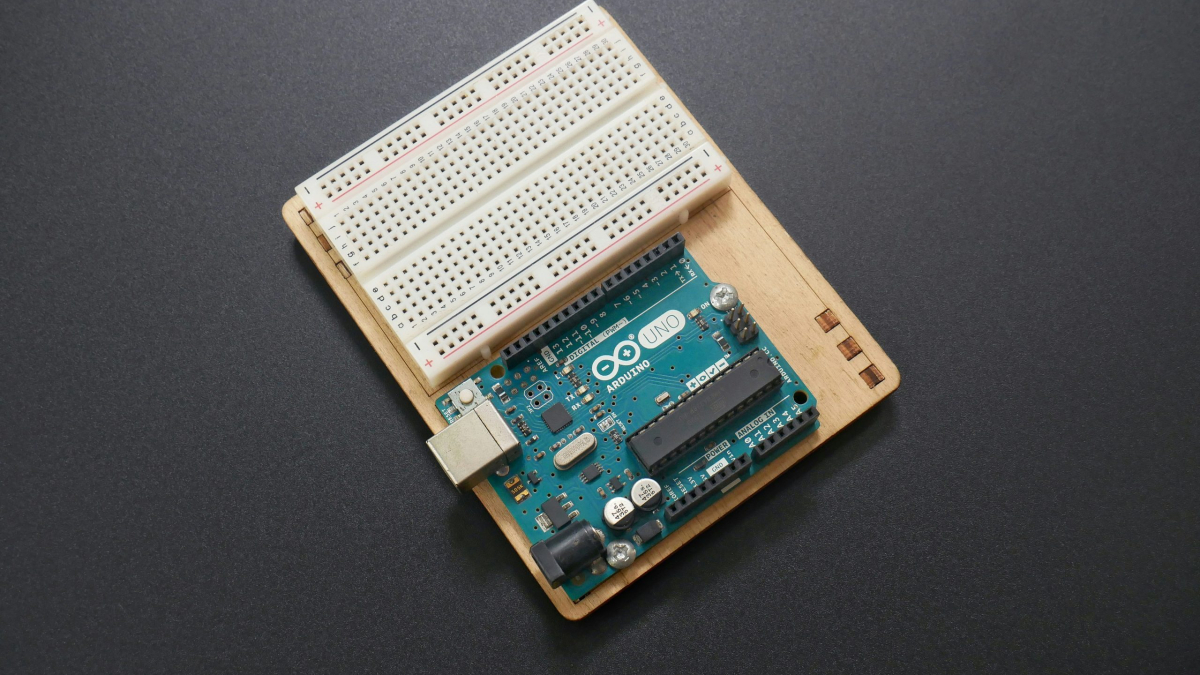If you’ve ever taken an inside look at a computer or smartphone—and who hasn’t? —you’ll notice an intricate web of chips and circuits that enable everything to function flawlessly. However, there’s a secret: those chips are becoming more intelligent, humorous, and smaller. Perhaps not more humorous, but undoubtedly more engaging.
Explore the realm of chip lets – the minuscule yet formidable combatants within the semiconductor realm. However, what are chip lets exactly? Imagine disassembling a large Lego castle into more manageable, functional bits. Each component performs a unique task, but when combined, they create an incredibly strong castle that is impervious to attacks. chip lets function similarly, but alas they aren’t composed of vibrant plastic.
What, then, is the big deal about chip lets? To begin with, the world of electronics is changing more quickly than a squirrel after two double espressos. Making chips has always involved mixing all the ingredients, placing it in the oven, and crossing your fingers. It’s kind of like baking a cake. chip sets, though, respond, “Nope, we can do better.”
By dividing the process of creating chips into manageable, bite-sized pieces, engineers can concentrate on making each component exceptionally good at what it does. It resembles putting together a group of superheroes, every one of them has a special power. But don’t expect them to don capes—that look is very 2000s.
But there’s still more! chip lets are more than simply little, swift objects (though they certainly accomplish that, too, a la cheetah on rollerblades). They also facilitate the blending and combining of various technologies. It’s similar to selecting from a wide array of dishes at a buffet, only the dishes are small particles of silicon.
Where can you locate these amazing chip lets, then? They’re already making their way into a lot of devices, including your reliable smartphone and your self-driving car’s dashboard. They will most likely start to appear in your toaster soon and demand better-quality toast.
chip lets must face obstacles in their path, just like any other superhero. For starters, it’s no easy task to get all those disparate parts to function as a whole. It resembles herding cats, except with ones and zeros instead of fur.
chip lets are here to stay, in spite of the obstacles. These little engines are powering the technology of the future, giving our devices more intelligence, speed, and possibly even a hint of humor. Perhaps someday they will begin to deliver jokes—silicon stand-up comedy, anyone?
Ten things to think about when investigating this emerging technology are as follows:
Modular Design:
chip let’s make it possible to design semiconductors in a modular fashion, letting various functional blocks or components be created and refined separately.
Specialized Functionality:
By optimizing each chip let for a particular task, such memory, I/O, CPU or GPU cores, performance and energy efficiency are increased.
Interconnect Standards:
Combining chip lets from several manufacturers into a single package is made easier by using standardized interconnects, such TSMC’s Cows (Chip-on-Wafer-on-Substrate) or Intel’s EMIB (Embedded Multi-die Interconnect Bridge).
Scalability:
The scalability of chip let-based architectures enables designers to combine and separate components to satisfy the needs of different applications, ranging from data centers to mobile devices.
Heterogeneous Integration:
chip let’s make it possible to integrate different components—like CPUs, GPUs, and AI accelerators—onto a single package, opening up new avenues for efficiency and performance.
Reduced Time-to-Market:
Semiconductor businesses may stay competitive and speed up innovation cycles by utilizing pre-designed and pre-validated chip lets to shorten the time it takes to launch new products.
Collaboration Across the Ecosystem:
The broad adoption of chip let-based architectures depends on cooperation between chip designers, foundries, and packaging vendors, among other members of the semiconductor ecosystem.
Design Difficulties:
In spite of their benefits, chip let-based designs provide new difficulties for designers to solve in the areas of software optimization, power delivery, thermal control, and signal integrity.
Test and Validation:
Considering the complexity of integrating several components from various sources, developing strong test and validation techniques is essential for guaranteeing the quality and dependability of chip let-based systems.
Standardization Initiatives:
To promote interoperability and ecosystem expansion, industry-wide standardization initiatives, such those spearheaded by groups like the Open Domain-Specific Architecture (ODSA), seek to define common interfaces and protocols for chip let integration.
These pointers can assist semiconductor companies in leveraging chip let technology’s ability to spur innovation and meet the expanding needs of contemporary computer applications as it develops.

